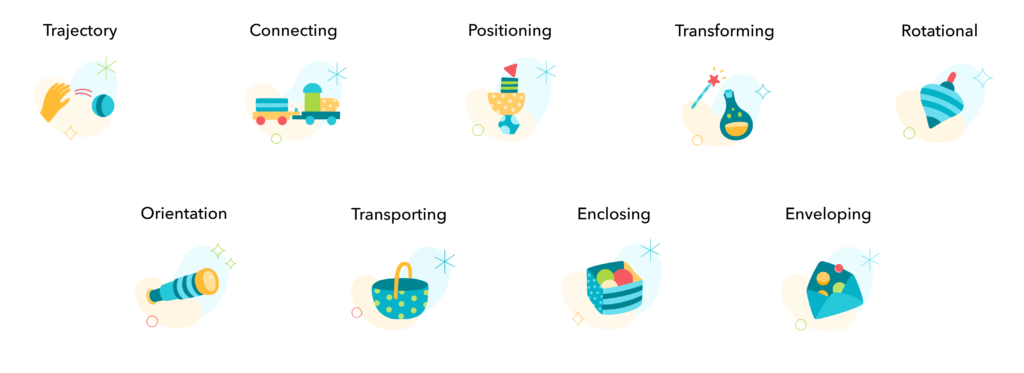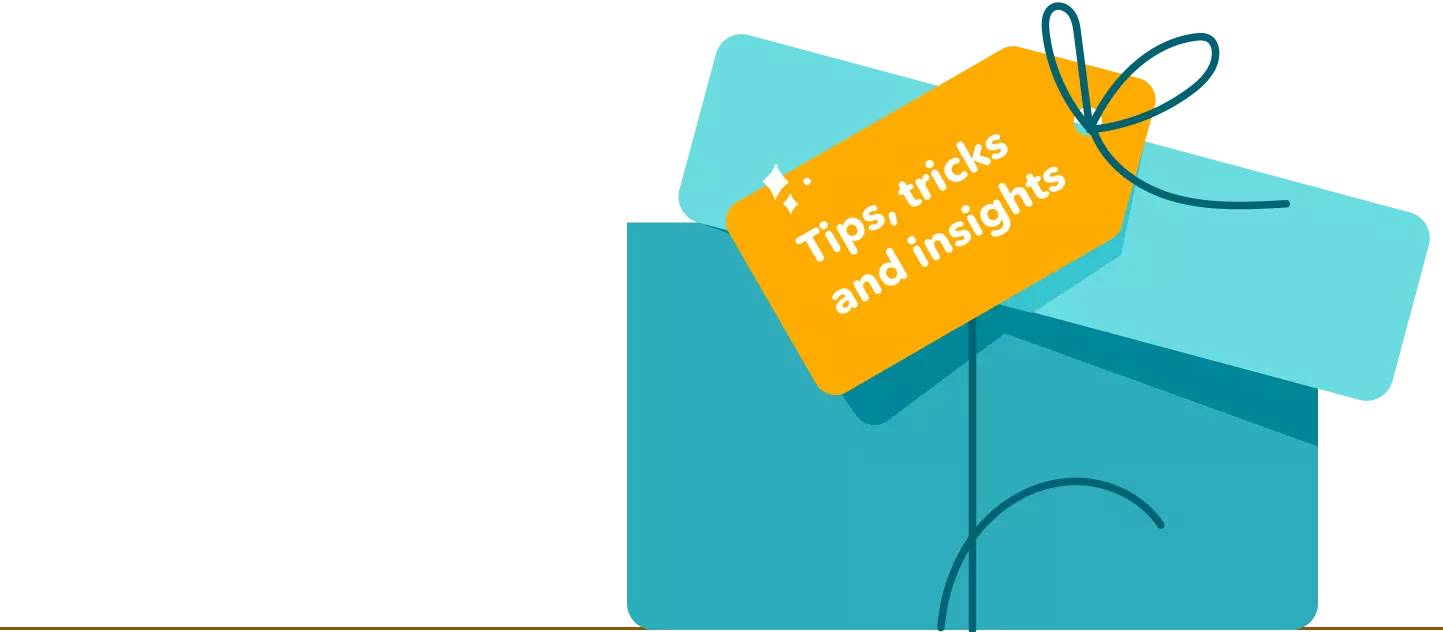“Piaget was an avid believer that in order for children to learn most effectively they had to be active learners, therefore, they need to explore for themselves. It is this theory that is the foundation of modern thinking behind schematic behaviour.” (Constable, K. 2013)
The word ‘schemas’ first emerged from Piaget’s theories, with the suggestion that schemas are mental representations of our understandings; a framework that we use to organise information, then assimilate new idea and discoveries that are subsequently introduced. He was also a proponent of hands-on, active learning for children; learning which involved all the senses when taking-in and acquiring new information. So, this is nothing new to you, right? But! The two together, become something magnificent. Something that honours the child as naturally curious, agentic, and a powerful force in their learning journey.
“A schema is a pattern of repeated actions. Clusters of schemas develop into later concepts.” (Athey, 2007)
Chris Athey’s work raised Piaget’s initial theories to a whole new level. Her observations of children at play led her to understand that conceptual understandings are developed through repetitive actions or behaviours in which the child is building knowledge and making sense of the world around them. These behaviours referred to as ‘Schematic play’ are words that can be heard on the lips of educators and seen with careful observation of children’s play. So, what are some of the signs we may be looking for when we observe play?
Schemas that you will see in the Early Years learning spaces
We have focused on nine schemas that you will see happening through play. Before you read any further, have a little think about what each of these icons may represent.
- What might you see happening?
- What discoveries and new information may be gathered?

Download our visual guide that will take us through each of the schemas above in more detail.








